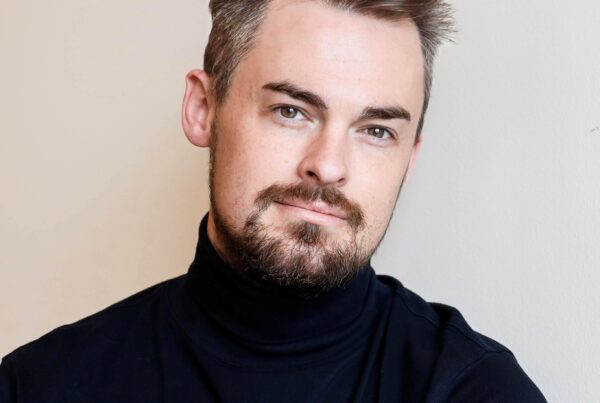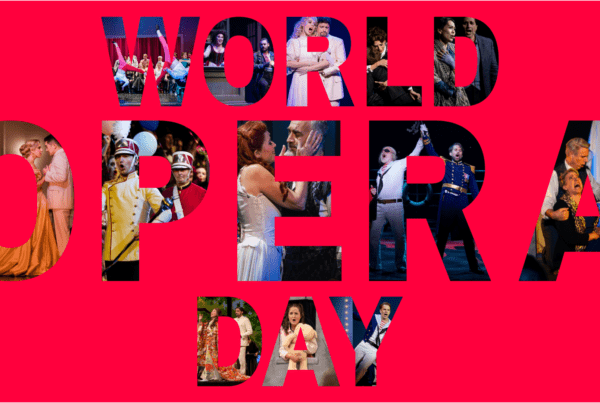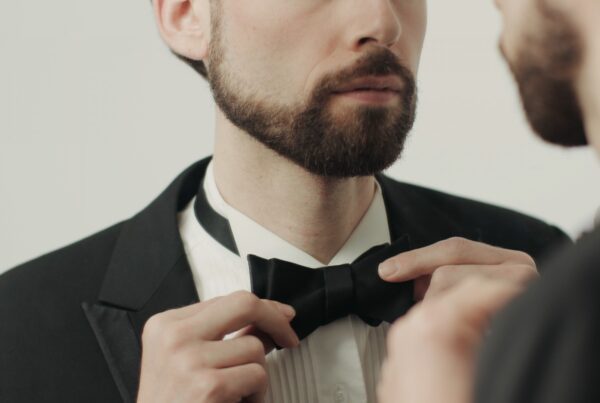So, you think you don’t know The Marriage of Figaro? Chances are, you probably do…
Premiering in 1786, Mozart’s The Marriage of Figaro was one of the most popular operas of its day. The title character Figaro, you guessed it, is getting married to his beloved Susanna, but their wedding day is far from going off without a hitch.
The opera is what we nowadays call ‘a banger’ – full of melodies and catchy tunes which you just can’t get out of your head.
If you are new to opera then you’ll most likely have heard one of the ‘hits’ from The Marriage of Figaro in a movie, tv show or even on an ad. And if you are a frequent opera goer, you’ll know exactly what’s going on in the opera when you hear the tunes on the telly.
Here we give you a rundown of some of the most well-known music from The Marriage of Figaro and tell you where you may have heard it before.
The overture
Undeniably one of the most recognisable pieces of classical music out there is the overture. Known as the ‘Unofficial Wedding March’, the piece is high tempo and busy and gloriously paints a picture of the chaos of Figaro and Susanna’s wedding day. Mozart does not preview any music from the opera in the overture but instead captures the pace and atmosphere of the opera and creates a playful nature which showcases its celebration of comedy, romance and music.
You will know this piece instantly because it is that famous. You may have heard it in films including Zombieland, Willy Wonka & the Chocolate Factory and The Grand Budapest Hotel, but one of the most memorable scenes is from The King’s Speech. Under the direction of his speech therapist Lionel Logue (Geoffrey Rush), King George VI (Colin Firth) is challenged to recite Hamlet while listening to the fizzing overture so loudly on a pair of headphones that he can’t hear his own stammer, ultimately triumphing over his impediment.
‘Voi Che Sapete’
In the opera, Cherubino’s aria, sung to the Countess, describes the beauty and enchantment of women and how he is hopelessly devoted to and beguiled by womankind. A hopeless romantic, Cherubino is looking forward to experiencing his first love but has yet to find the right woman to share it with.
Featuring in the BBC TV series Pride & Prejudice, ‘Voi Che Sapete’, or ‘You who know what love is’, is sung by Elizabeth Bennet (Jennifer Ehle) at a gathering with Mr Darcy (yes, it’s that Colin Firth again), his sister Georgiana and the Bingleys.
Fittingly, while she is singing, Mr Darcy is completely beguiled by and cannot take his eyes away from Elizabeth Bennet. It is the first time we as viewers see him allowing himself to fall in love with her, he is learning what love is. It is also one of the first times Miss Bennet seems to give in to her affection for him.
‘Non più andrai’
Alas poor Cherubino is at it again, this time trying to seduce the gardener’s daughter Barbarina. The Count has discovered his attempts and furiously sends Cherubino off to join the army. Figaro teases the lad, singing that his carefree days chasing women around the Count’s estate are over, to be replaced by the hardships of life in the army. ‘Non più andrai’, or ‘You shall go no more’, is a jaunty, upbeat and vibrant military march complete with witty lyrics.
The military style march is so perfect it was adopted by the Coldstream Guards, the oldest serving regiment in the British Army. Its principal role is protecting the British monarchy and they are most well-known for the Changing of the Guard ceremony at both Buckingham Palace and Windsor Castle (as well as their notoriously tall fur hats).
‘Duettino – Sull’aria’
One particularly memorable scene from the film The Shawshank Redemption is when former banker and wrongly accused inmate Andy Dufresne (Tim Robbins) locks himself in the Shawshank State Prison office and broadcasts ‘Duettino – Sull’aria’, or ‘The Letter Duet’, over the prison’s PA system for all inmates to hear.
The aria revolves around exposing duplicity and infidelity. During the duet, Susanna and the Countess are conspiring to trap the Count and his philandering ways by planting a letter from Susanna inviting him to a midnight tryst. Coincidentally (or perhaps intentionally), The Shawshank Redemption‘s main character, Dufresne, is framed for murder resulting from his wife’s extramarital affair. The scene also features Dufresne rebelling against authority, another theme echoed in the opera.
But don’t be fooled…
The Marriage of Figaro must be where that song “Fiiiiiiigaro, Figaro, Figaro, Figaro, Fiiiigaro” is from right? Wrong.
In fact, ‘Largo al factotum’, commonly known as ‘Figaro’s Aria’, is from The Barber of Seville. Written by Gioachino Rossini, this opera premiered in 1816, 30 years after The Marriage of Figaro even though it is actually the first story from the trilogy by Beaumarchais which the operas are based on (the third, The Guilty Mother, is rarely performed). But don’t worry, you’re not going mad. Figaro does indeed appear in The Barber of Seville, again as the title character who helps the young Count Almaviva woo Rosina, who will eventually become the Count and Countess we meet in The Marriage of Figaro.
You would have heard this famous aria energetically recited by Robin Williams in the opening scenes of Mrs Doubtfire or even in Falling for Figaro, a 2020 lockdown must featuring the vocal talent of State Opera’s own Tomas Dalton (Macbeth).



